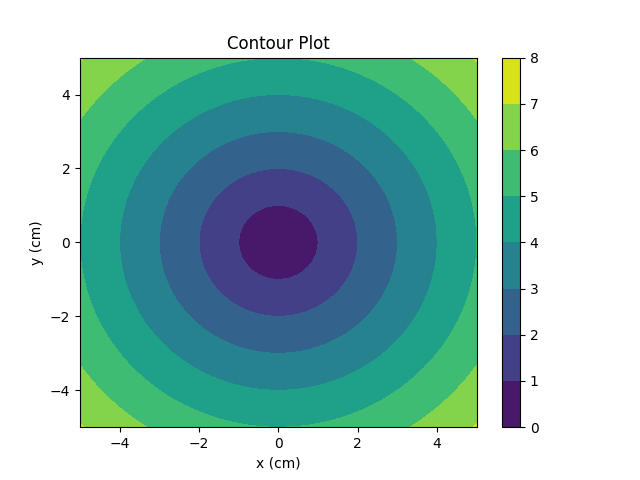Build your own AI agent from scratch for free in 5 minutes

In this article, I will show you how to build your first AI agent from scratch using Google’s ADK (Agent Development Kit). This is an open-source framework that makes it easier to create agents, test them, add tools, and even build multi-agent systems.


















